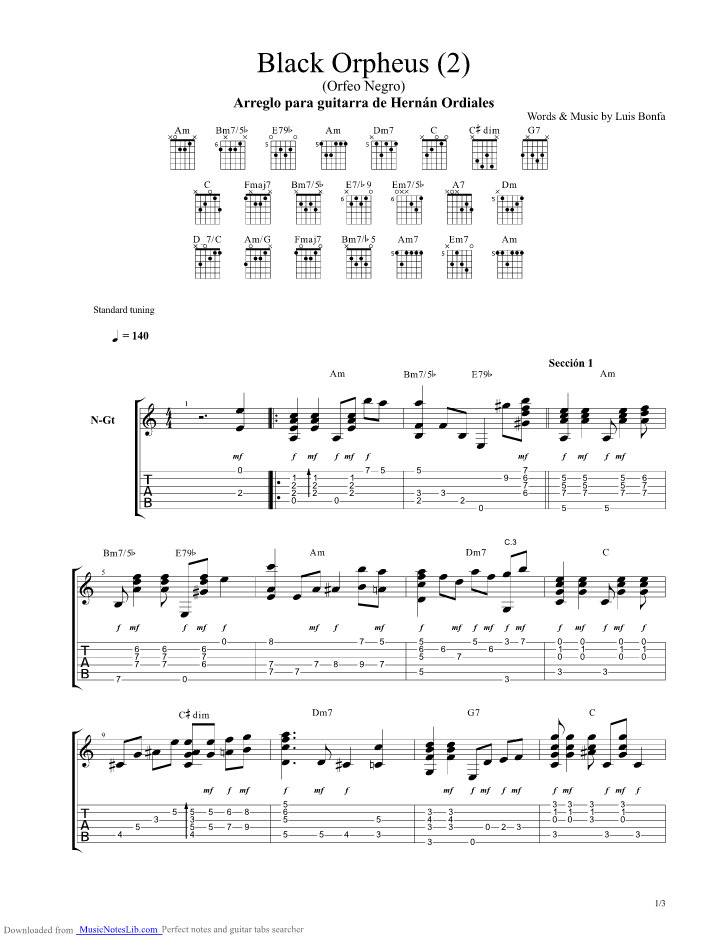
Literature more specifically points to law’s ‘origin’ in madness. Both Derrida and Foucault contend that law has much to learn from literature in understanding the relation between itself and madness. These reflections tie in closely with Foucault’s History of Madness as well as with Derrida’s reflections on literature and on madness. The latter text shows that Foucault was at times acutely aware of the difficulty involved in exceeding metaphysics and that he realised the importance in this regard of a reflection on literature.

The article reflects in detail on a text of Derrida on Foucault (‘Cogito and the History of Madness’) as well as a text of Foucault on Blanchot (‘Maurice Blanchot: The Thought from Outside’). The article firstly calls for a reading of Foucault which exceeds metaphysics with the security it offers, by taking account of Derrida’s reading of Foucault as well as of the heterogeneity of Foucault’s texts. Through the romance tradition.In this article the Derrida/Foucault debate is scrutinised with two closely related aims in mind: (1) reconsidering the way in which Foucault’s texts, and especially the more recently published lectures, should be read and (2) establishing the relation between law and madness. Modern ideology in his retelling of the seemingly Homeric tale that reached to the Renaissance in an altered form This necessary anachronism lets Shakespeare make a comment on the early Problematizes the linear view of history and offers a kairotic understanding of historical difference not only byĬarrying contemporary forms of behavior and thought to the past but also by showing the anachronism of trying In his version of the most famous story of war and valour in the Western tradition, Shakespeare

anachronistic approach to looking at the pastĪnd the present. Medieval/feudal and the modern/capitalist in this play, employs an. In the play, the fading away ideals of the chivalric age are representedīy the Trojan Hector and of the modern by the Greek Ulysses. Written at the turn of the century, Troilus and Cressida includes different codes of conduct in relation to thoseīelonging to the past and the contemporary. These works are at the center of a panorama that stretches from Aeschylus's Agamemnon to Hitchcock's Psycho and are placed against the background of the Gothic novel, Freud's "uncanny," and Burke's "sublime." Lyons demonstrates how tragedy under other names, such as "Gothic fiction" and "thrillers," is far from dead and continues as a vital part of popular culture. Through this adjusted lens Le Cid, Hamlet, Frankenstein, The Spanish Tragedy, Romeo and Juliet, Phèdre, Macbeth, and other early modern works appear in a striking new light.

Lyons looks closely at tragedy's staging of gory and painful deaths, ignominious burials, and the haunting return of ghosts.

Casting aside the elite, idealist view that tragedy manifests the conflict between two equal goods or the human struggle against the divine, John D. Authoritative, wide-ranging, and thought provoking, Tragedy and the Return of the Dead uncovers a set of interlocking plots of family violence that stretch from Greek antiquity up to the popular culture of today. tragedies, early modern tragedies, as well as contemporary narratives and films no longer called "tragic" but which perpetuate the same elements. Tragedy and the Return of the Dead recovers a model of the tragic that fits ancient. Attempting to make new tragic fictions, writers like Shakespeare, Webster, Hardy, Corneille, and Racine created a dramatic form that would probably have been unrecognizable to the ancient Athenians. Early modernity rediscovered tragedy in the dramas and the theoretical writings of the ancient Greeks and Romans.


 0 kommentar(er)
0 kommentar(er)
